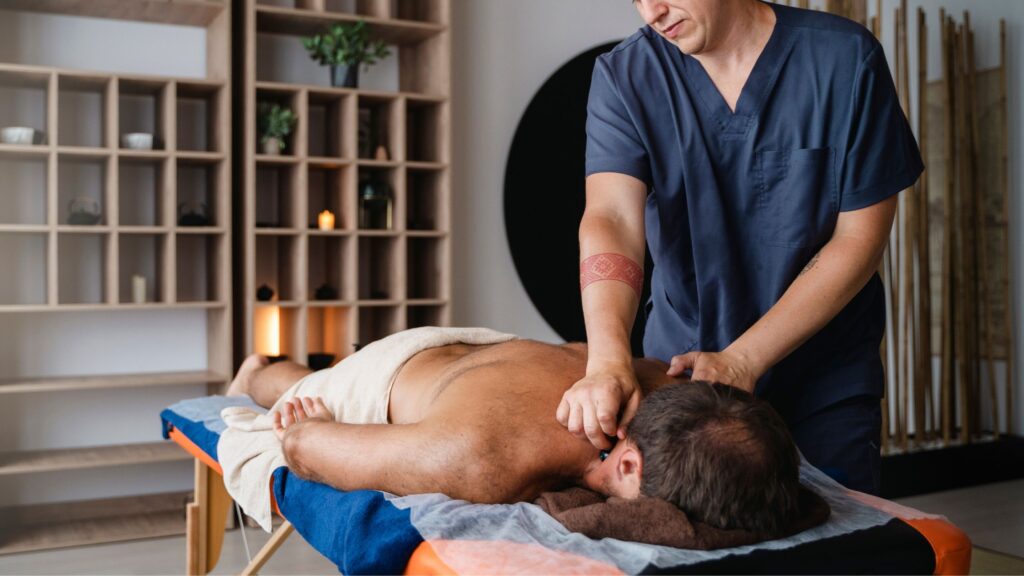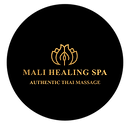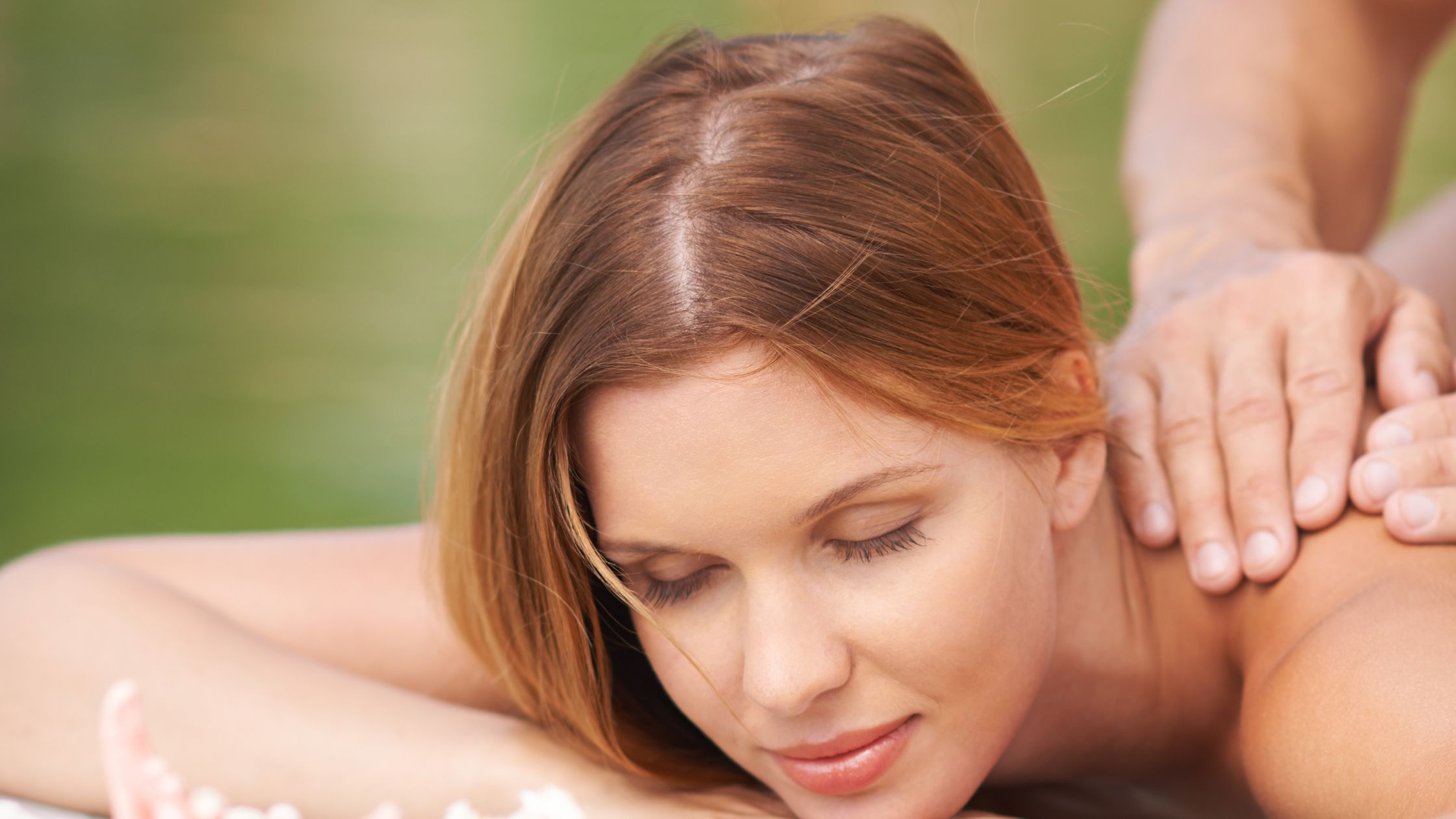In today’s fast-paced world, taking time for self-care is not a luxury—it’s a necessity. One of the most effective ways to recharge your body and mind is through a massage. Whether you’re seeking relief from tension, aiming to reduce stress, or simply want to indulge in a bit of you time, booking the right massage can make all the difference in your wellness journey.
But with so many massage styles, spa environments, and therapist techniques available, how do you ensure you’re choosing the best one for your needs? In this guide, we’ll break down essential tips for booking the perfect massage for relaxation and wellness, so your next session leaves you feeling truly rejuvenated.
1. Understand Why You Need a Massage
Before you book a massage, take a moment to understand your goals. Are you looking to unwind after a stressful week, ease muscle soreness, or support recovery from an injury? Your objective will help determine the most suitable type of massage.
- For deep muscle tension: Consider deep tissue massage therapy.
- For full-body relaxation: Opt for a complete body massage.
- For gentle stress relief: A Swedish massage or aromatherapy massage might be ideal.
Knowing your intent makes it easier to communicate with the spa or therapist and ensures a better overall experience.
2. Learn About Different Massage Types
Not all massages are created equal. Depending on what your body and mind need, understanding various massage modalities can help you choose the right one:
- Swedish Massage – Ideal for beginners or those looking for general relaxation, using long, flowing strokes to soothe muscles and improve circulation.
- Deep Tissue Massage Therapy – Focuses on realigning deeper layers of muscles and connective tissue, excellent for chronic pain or high-tension areas.
- Hot Stone Massage – Involves warm stones placed on key points of the body to melt away tension and promote a state of calm.
- Complete Body Massage – This approach ensures every area from head to toe is addressed, great for those who want a balanced experience.
- Thai Massage – Incorporates stretching and acupressure, often performed on a mat, and perfect for those who want increased flexibility and energy.
3. Choose a Reputable Spa or Therapist
Not all massage experiences are the same, and the right therapist can elevate your session from good to exceptional. Look for spas with positive reviews, certified massage therapists, and a professional atmosphere. Cleanliness, ambiance, and staff friendliness should all factor into your decision.
Check out online platforms, local business directories, or ask for personal recommendations to find a reliable place. Reading customer testimonials gives you insight into what to expect, especially when trying a new spa or therapist for the first time.
4. Communicate Your Preferences
Don’t be shy about voicing what you want from the session. Before the massage starts, speak to your therapist about:
- Areas of tension or discomfort
- The pressure level you prefer
- Any health conditions or injuries
- Whether you’d like silence or calming conversation
- Your preferred massage oil or lotion scent, if applicable
Clear communication ensures you’re comfortable and your therapist can adjust techniques to better serve your body’s needs.
5. Schedule Wisely
Timing matters when it comes to massage. Avoid booking a session right before a high-stress meeting or intense workout. Ideally, schedule your massage when you have time to relax afterward. That way, the benefits—like calmness and reduced tension—can fully sink in.
Late afternoons, evenings, or weekends tend to be great times. After your massage, you’ll want to unwind rather than rush back to a busy schedule. Remember, the goal is relaxation and wellness, not just ticking off an appointment.
6. Dress Comfortably and Arrive Early
Wear loose, comfortable clothing to your appointment. Arriving 10–15 minutes early allows time for check-in, filling out any required paperwork, and mentally transitioning into relaxation mode.
This small window also gives you a chance to discuss your needs with the therapist without eating into your actual massage time.
7. Try a Complete Body Massage for Balanced Healing
A complete body massage is an ideal choice if you want a holistic approach to relaxation. Unlike treatments that focus on one area (like back or shoulders), this massage covers the entire body—head, neck, shoulders, arms, legs, back, and feet.
It promotes improved circulation, reduces overall stress, and helps in releasing tension stored throughout the body. It’s the perfect option if you’re unsure what to book, especially for first-timers.
8. Go for Deep Tissue Massage Therapy When You Need More

Sometimes relaxation isn’t just about feeling good—it’s about healing. If you’ve been dealing with chronic back pain, tight shoulders, or muscle fatigue from workouts, deep tissue massage therapy can target those specific issues.
This type of massage uses slower strokes and firm pressure to reach deeper muscle layers. While it might be slightly uncomfortable during the session, the results often bring long-lasting relief and improved mobility.
9. Hydrate Before and After Your Massage
Massage therapy can release toxins from your muscles, especially with deeper techniques like deep tissue massage therapy. Drinking water before and after your session helps flush these toxins from your system and prevents soreness the next day.
Skip caffeine and alcohol, both of which can dehydrate you and reduce the benefits of your massage.
10. Book a Massage Regularly
While a one-off massage can certainly help, the real benefits show up when you make massage therapy part of your regular routine. Monthly massages can reduce stress, boost immunity, improve sleep, and keep your body functioning at its best.
Think of it as maintenance for your body, just like going to the gym or eating healthy.
If you’re ready to prioritize your wellness, don’t wait—book a massage today and experience the change a single session can bring to your entire week.
11. Enhance the Experience with Aromatherapy or Add-Ons

Some spas offer enhancements like aromatherapy, hot stones, or CBD-infused oils. These extras can heighten your sensory experience and increase the therapeutic effects of your massage.
If you’re already investing in your well-being, it’s worth exploring a little indulgence to maximize the experience.
12. Listen to Your Body Afterwards
After your massage, pay attention to how your body feels. You might feel lighter, looser, or even a little emotional. That’s normal—massage often releases stored energy and tension.
Take it easy for the rest of the day, drink water, and allow your body to fully absorb the benefits. This mindfulness will deepen the healing effects and help you recognize when it’s time to book a massage again.
Final Thoughts
Booking the right massage is about more than just picking a service—it’s about knowing your body, understanding your needs, and creating a space for rest and renewal. Whether you’re choosing a complete body massage for overall relaxation or deep tissue massage therapy to work out those stubborn knots, the right massage can restore balance to your life.
So next time you feel run down, sore, or just in need of some peaceful “me time,” don’t hesitate—book a massage that aligns with your wellness goals. Your mind and body will thank you for it.
Frequently Asked Questions
1. What’s the best type of massage for stress relief?
Swedish massage or aromatherapy massage are excellent for stress relief. They use gentle, flowing strokes and calming oils to soothe the nervous system.
2. How often should I get a massage for optimal results?
For general wellness, once a month is ideal. If you’re using deep tissue massage therapy for chronic pain, your therapist might recommend more frequent sessions initially.
3. Is a complete body massage safe for first-timers?
Absolutely. A complete body massage is perfect for beginners, offering a balanced and relaxing experience that covers your entire body.
4. What should I do before and after my massage?
Drink water, avoid heavy meals, and arrive early. Afterward, hydrate and avoid strenuous activities so your body can recover and benefit fully.
5. Can I ask my therapist to focus on a specific area?
Yes! Communication is key. Always let your therapist know your preferences before the session begins to get the most personalized experience.



